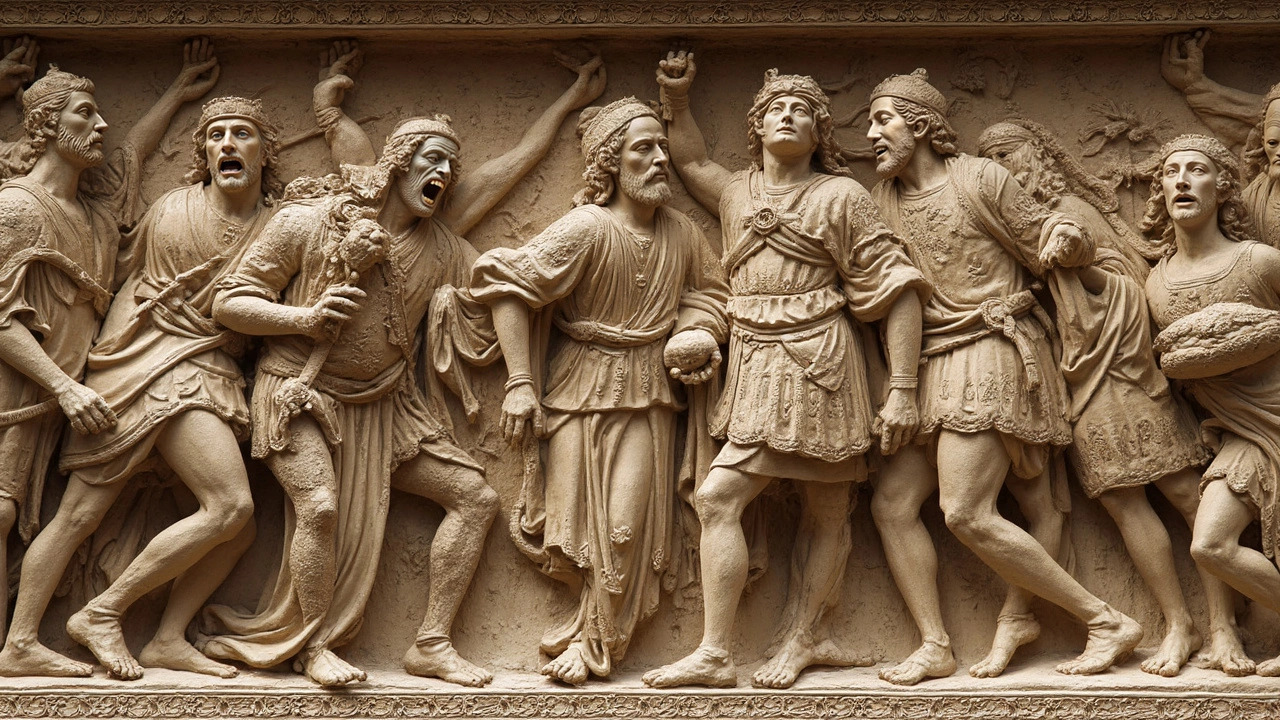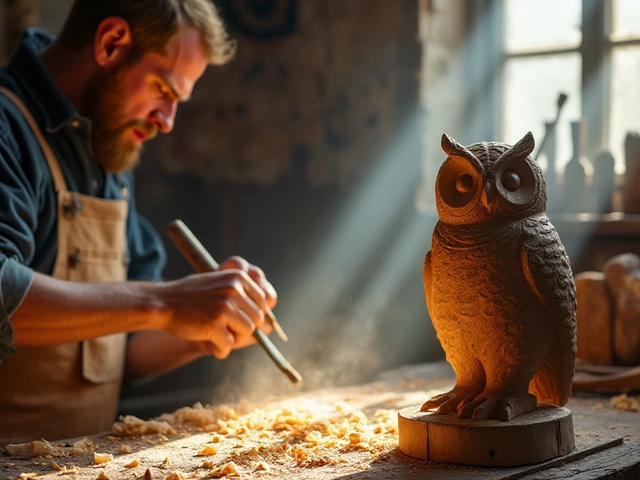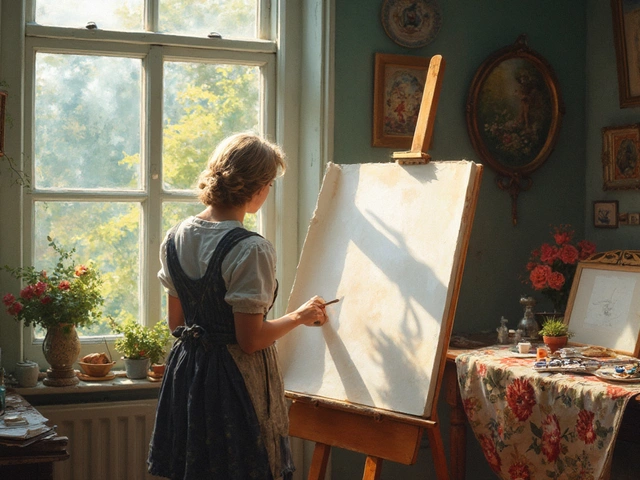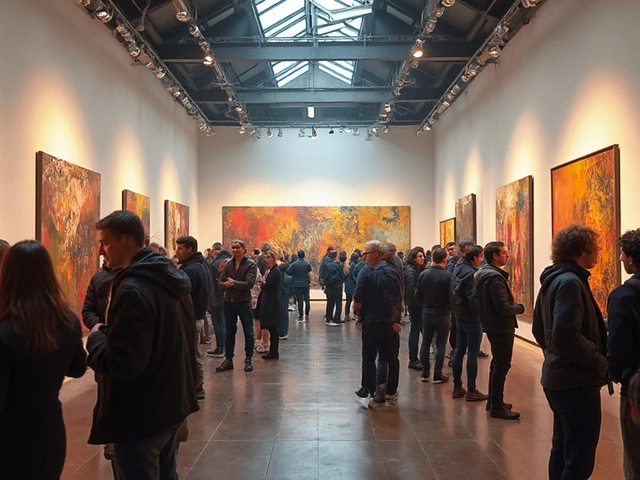Wood Carving: Techniques, Tools, and Inspiration
When working with Wood Carving, the craft of shaping wood with hand tools to create decorative or functional pieces. Also known as wood sculpting, it shares roots with Sculpture, three‑dimensional art formed by carving, modeling, or assembling materials and Woodworking, the broader practice of building and shaping wood items. Success in wood carving also depends on the right Carving Tools, chisels, gouges, knives, and mallets designed for removing material precisely. In short, wood carving is a type of sculpture that requires specialized tools and a deep understanding of wood as a material.
Why Wood Carving Still Matters
Today’s artists blend traditional carving methods with modern art ideas. Concepts from abstract art, where hidden rules guide composition, often inspire wood carvers to experiment with bold forms and textures. Likewise, the principles of modern art—like breaking down subjects into essential shapes—help carvers plan relief panels or free‑standing figures. Even digital art trends matter: many carvers sketch designs on tablets, then transfer them to wood, merging tech and hand‑craft. Understanding sculpture techniques—carving, modeling, casting, and assembling—gives wood carvers a richer toolbox, letting them choose the best approach for each project.
Choosing the right wood is another key decision. Soft woods such as basswood or pine carve easily, making them ideal for beginners or detailed work. Harder woods like oak or walnut offer durability and striking grain patterns, perfect for statement pieces. The grain direction influences tool angle and pressure, a detail that seasoned sculptors stress to avoid tear‑out. When you pair the right wood with quality carving tools, the workflow becomes smoother, and the finished piece showcases the natural beauty of the material.
Learning from related art forms can accelerate progress. For instance, the study of sculpture artists who specialize in stone carving reveals how they manage tool marks and surface finishes—techniques easily adapted to wood. Workshops on sculptural modeling teach how to build armatures, a skill useful for complex wood projects that need internal support. Moreover, contemporary art exhibitions often feature wood pieces alongside metal or digital works, highlighting the medium’s versatility and encouraging cross‑disciplinary inspiration.
Community support also fuels growth. Local art societies in Pembrokeshire host carving demos, provide studio space, and connect makers with suppliers of premium woods and tools. Online forums discuss everything from sharpening routines to finishing varnishes, offering real‑world tips that textbooks miss. By engaging with both the carving niche and the broader art scene—like modern art trends or sculpture techniques—you stay current and motivated.
Below you’ll find a curated collection of articles that dive deeper into related topics: from modern art principles and abstract art rules to the four core sculpture techniques and the business side of digital art. These pieces give you context, fresh ideas, and practical guidance you can bring back to your wood carving practice.
Ready to explore? Scroll down to discover how each article can spark new techniques, expand your artistic vocabulary, and help you turn raw wood into compelling art.

Carving is a fascinating aspect of sculpture art, divided into three main types: relief, in-the-round, and intaglio. Each type offers unique artistic possibilities and challenges, from creating intricate details to achieving stunning three-dimensional effects. This article delves into these carving styles, exploring their techniques, materials, and historical significance. Discover tips for starting your own carving projects and appreciate the rich tradition that carving has in the art world today.





